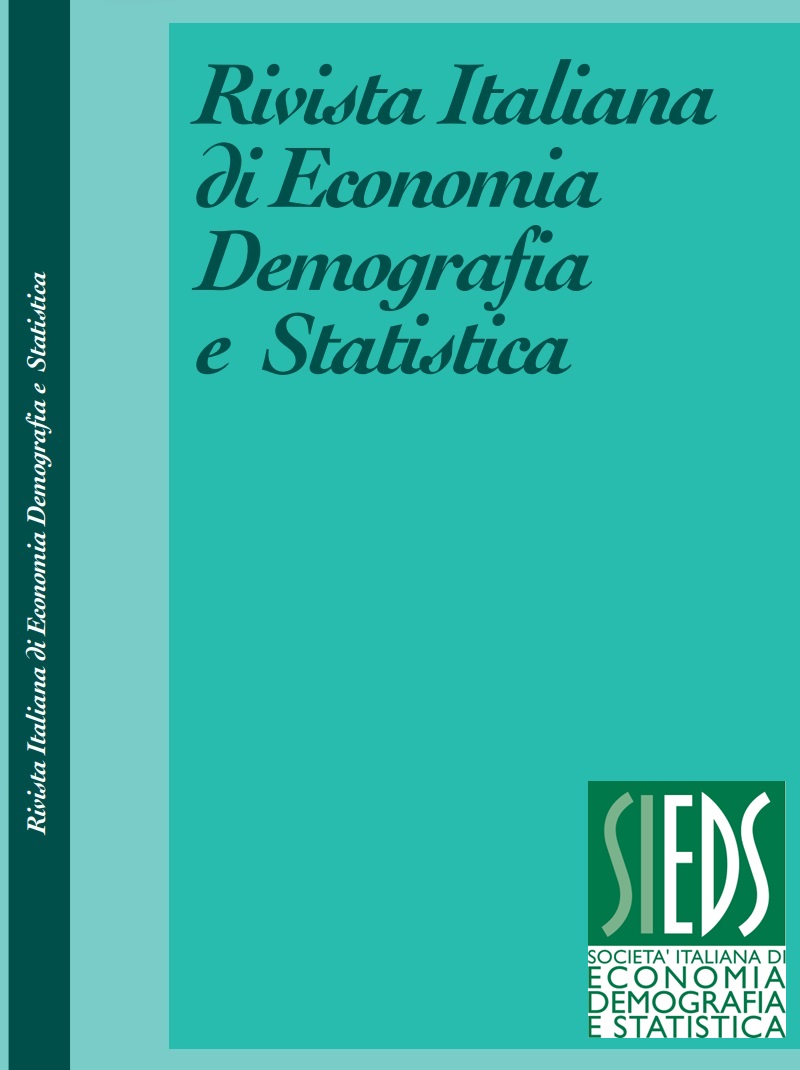Home alone, the one-person households at the Italian 2021 permanent census. Who are they? Where do they live?
DOI:
https://doi.org/10.71014/sieds.v77i2.185Abstract
From 2011 to 2021 in Italy households increase by 6.4% but they are getting smaller. The average number of components drops from 2.40 in 2011 (3.35 in 1971) to 2.24; census data show that people are more likely to live alone and the prevalence of one-person households is unprecedented historically. In 2021 they amount to 9,636,232 and represent 36.8 percent of total households compared to 31.2 percent ten years earlier. The rise of one-person households reflects later marriage, longest stay in the family of origin, delayed childbearing, higher divorce rates, living-apart-together relationships, longer life spans, and, probably, also a growing desire for individual autonomy and independence. There are also socio-economic features that could lead to the choice of living alone as well as conditions or habits that are related to the place in which a person usually lives. The aim of this work is twofold. The first one is to provide the main figures of the presence and amount of one-person households in Italy making use of the 2021 Permanent Census data; the territorial distribution and the evolution through the last census rounds are focused. Then, the objective of going deeper into the description of conditions and determinants of the phenomenon is pursued through a multidimensional analysis that takes into account demographic variables at individual and at regional/municipal level. The assumption is that the choice to stay alone is determined by individual characteristics but also by some general ones and local lifestyle habits. The census variables considered are sex, age, and citizenship while the surrounding conditions are expressed through some regional indicators such as the urbanization degree. The association between the one-person household status and the other variables considered is studied through an exploratory analysis, with unsupervised methods and then through a supervised model to statistically test specific effects in order to identify individual and territorial conditions that possibly determine the option of living alone.
Downloads
Published
Issue
Section
License
Copyright (c) 2023 Angela Chieppa, Silvia Dardanelli, Simona Mastroluca

This work is licensed under a Creative Commons Attribution 4.0 International License.



